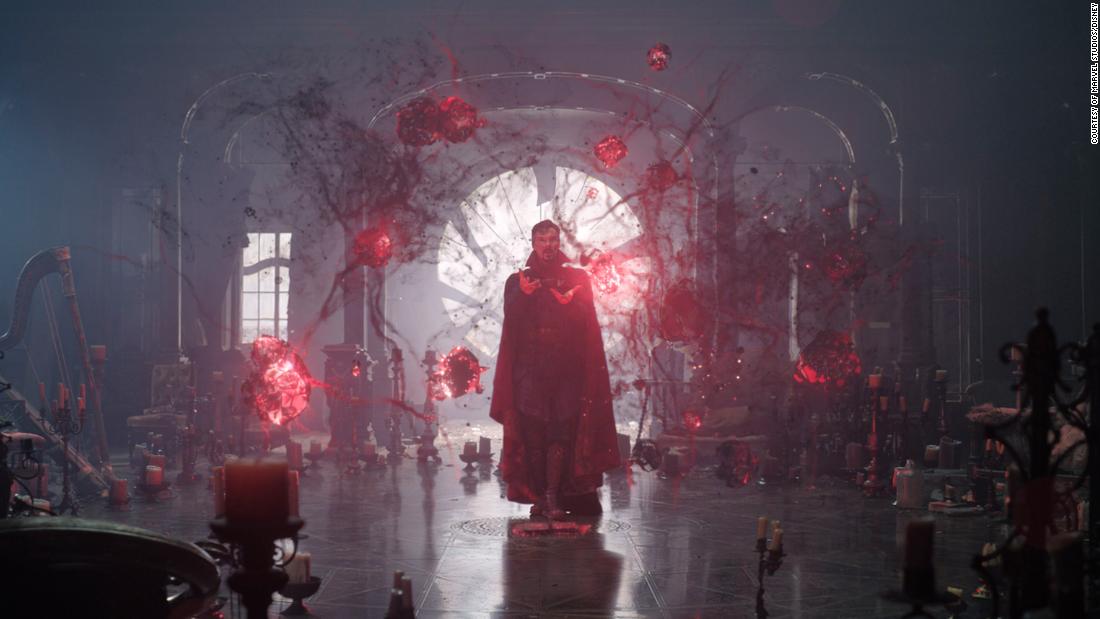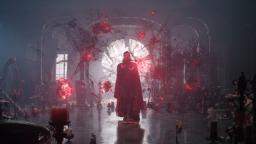

Directed by Sam Raimi, who has his own Spidey ties, the movie has roots that reach back to Strange’s journey from the original, as well as the Avengers’ two-part battle against Thanos. “I made the only play we had,” Strange says, by way of explaining the toll of the blip that sent people into oblivion for five years.
The movie features one key addition in the form of a teenage girl (Xochitl Gomez of “The Baby-Sitters Club”) who possesses the ability to open doors into the multiverse. That power draws Strange into a frantic race to save not just our universe but others as well.
At its best, “Multiverse of Madness” bursts with psychedelic energy. It can be dark and demanding, but still playfully explore quadrants of Marvel mythology clearly designed to make fans whoop and holler. One sequence in particular is well worth the price of admission to see with an audience, in a dazzling flex of the tools now at the studio’s disposal.
On the flip side, there’s an unavoidable messiness to the whole universe-hopping conceit, in a way that seems to be inventing rules on the fly, or a little too cute for its own good. Granted, the narrative moves at such a brisk pace it’s easy to simply roll with that, but along-for-the-ride movie-goers needn’t apologize for feeling lost in places.
Technically, Raimi has delivered a visually stunning exercise, augmented by composer Danny Elfman’s spectacular score (which, at one point, is inventively woven into the action). Nor should it be overlooked what actors of Cumberbatch and Olsen’s caliber bring to the central roles in terms of wit and humanity, helping ground all that expensive mayhem in vulnerability and emotion.
Overall, “Doctor Strange” proves up to that formidable challenge. Yet it’s possible to broadly enjoy the movie and still come away a bit frustrated by the multiverse of it all — feeling as if it’s sporadically guilty of putting too much method in its “Madness.”
“Doctor Strange in the Multiverse of Madness” premieres in US theaters on May 6. It’s rated PG-13.